Vision Pro Development and the Art of Preventing Burnout
In today's digital era, we are witnessing the rise of a wide array of technologically advanced devices. One of the most recent additions to this club is the Vision Pro, Apple's mixed-reality headset that integrates both augmented reality (AR) and virtual reality (VR) capabilities. As this technology continues to evolve, it is essential to consider the potential challenges that users may face when using these devices for extended periods. This article analyses the development of the Vision Pro and discusses strategies to prevent user burnout.
Understanding the Vision Pro
The Apple Vision Pro is a cutting-edge mixed-reality headset designed to offer a highly immersive experience for entertainment, productivity, and communication. It merges the realms of AR and VR, allowing users to overlay digital elements onto the real world while also providing fully immersive virtual environments. High-resolution displays, spatial audio, advanced eye and hand tracking, and a customer-focused design powered by Apple's M2 chip make the Vision Pro an impressive device.
However, as with all technology, issues can arise with prolonged usage. The Vision Pro is no exception, and understanding these potential pain points is a crucial step in the development process.
Identifying Potential Pain Points
Long-term sessions with the Vision Pro or any extended use of mixed-reality headsets may present several potential challenges for users. These include comfort and fit issues, eye fatigue and strain, neck and back strain, motion sickness and disorientation, heat and sweat buildup, limited battery life, isolation from the real world, potential eye strain from AR use, cognitive load, lack of natural interaction, and social and emotional impact.
To prevent burnout and promote long-term use, it is important to mitigate these pain points. Some strategies could include enhancing comfort through improved design, extending battery life, introducing reminders to take breaks, and improving control methods for more natural interaction.
Introducing the FlitLift GraviPro
Addressing the common pain points of mixed-reality headsets like the Vision Pro, the FlitLift GraviPro is a potential solution. The GraviPro could be designed to relieve pressure on the user's head, distribute the weight of the headset more evenly, stabilize the headset to prevent motion sickness, provide ventilation options, offer external power support, maintain awareness of the real world, reduce cognitive load, and more.
By integrating these features, the GraviPro could effectively help improve comfort, reduce strain, and support users during long-term sessions with the Vision Pro or similar AR/VR headsets, making the experience more sustainable and enjoyable.
Conclusion
The development of the Vision Pro and similar mixed-reality headsets marks an exciting time in the evolution of technology. However, as these devices become increasingly integrated into our lives, it is crucial to consider the potential challenges of long-term use and develop strategies to mitigate them. By addressing these issues at the development stage and introducing accessories like the FlitLift GraviPro, we can ensure that users can enjoy the full potential of these technologies without the risk of burnout.




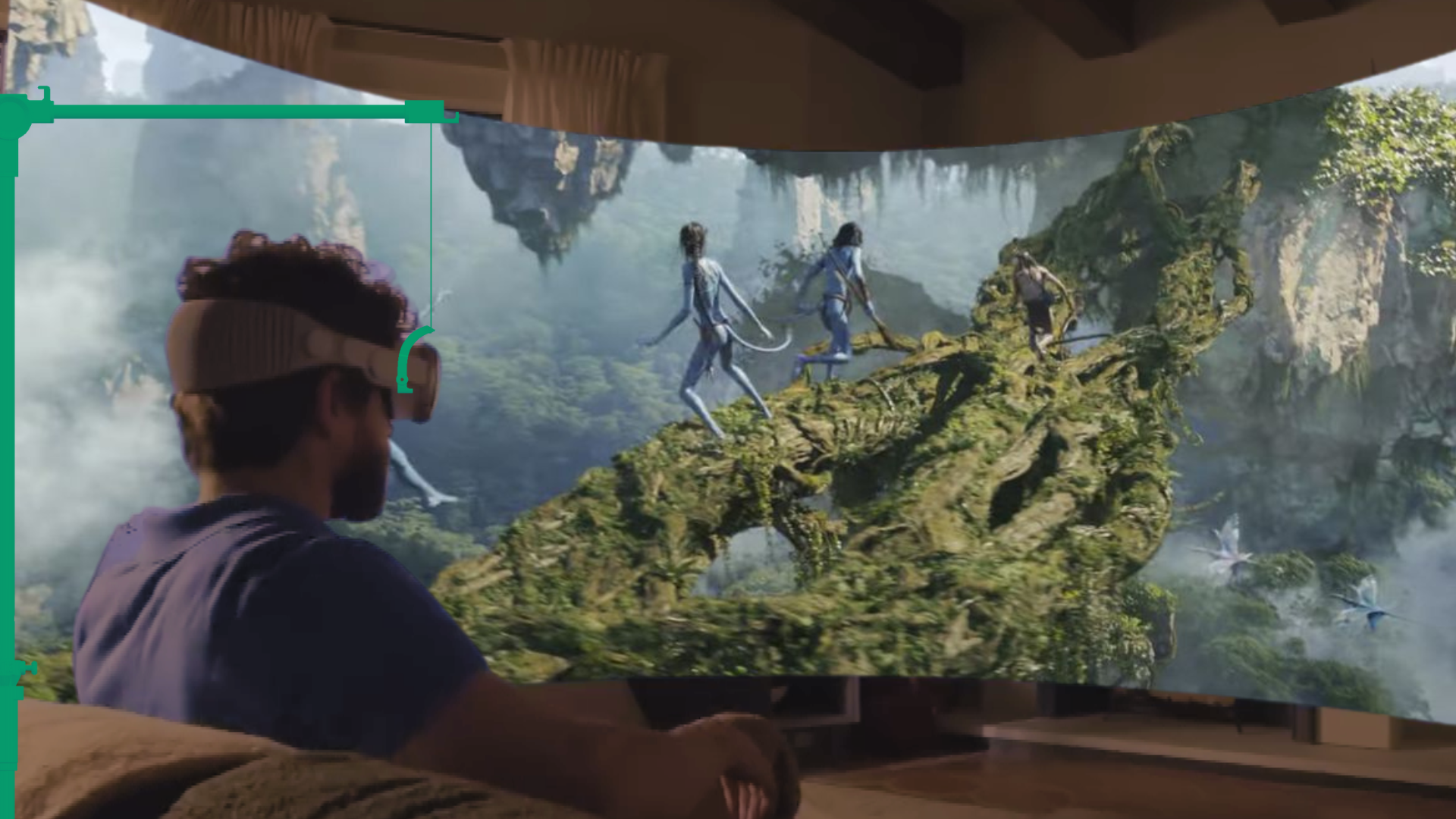
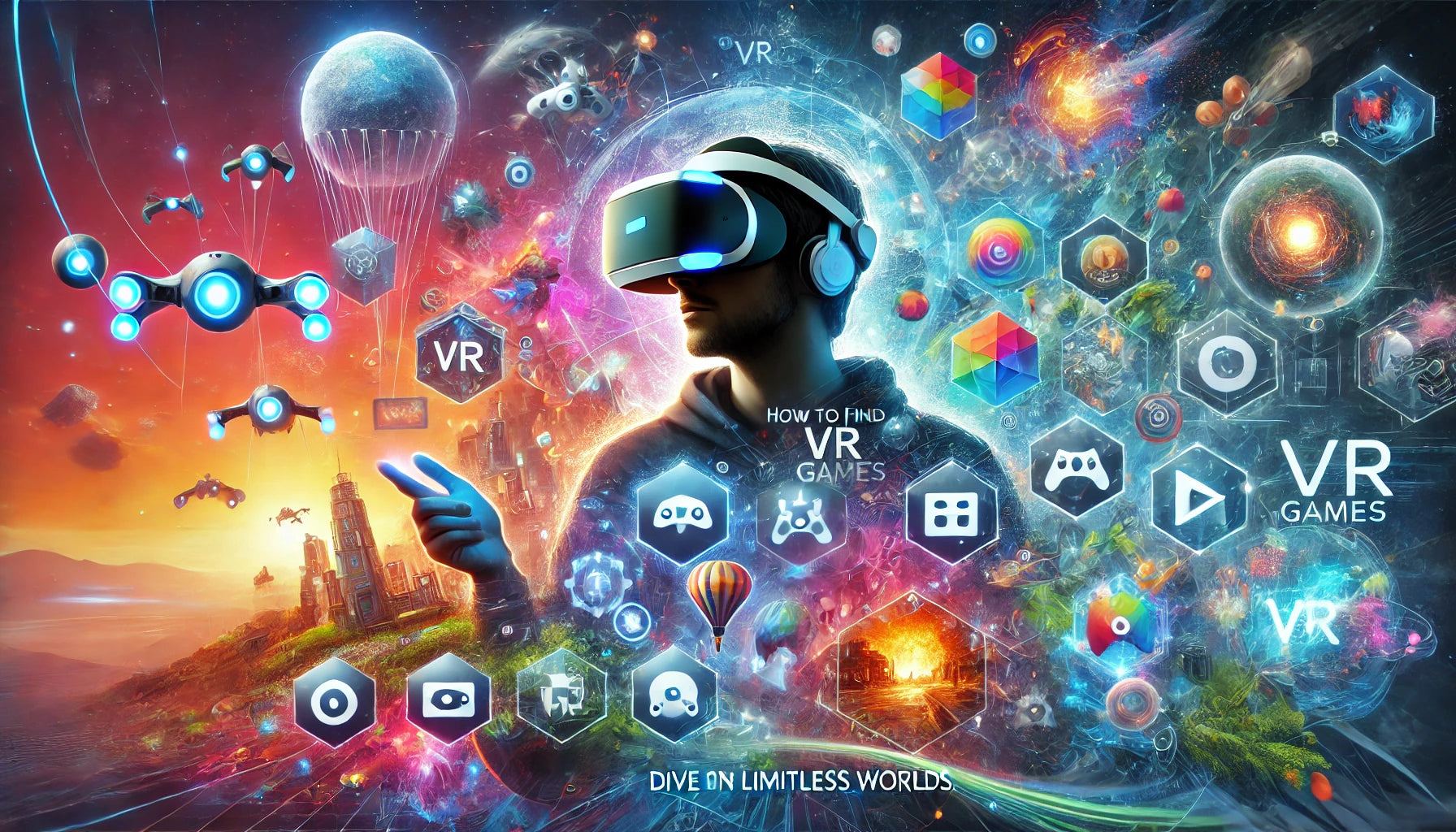
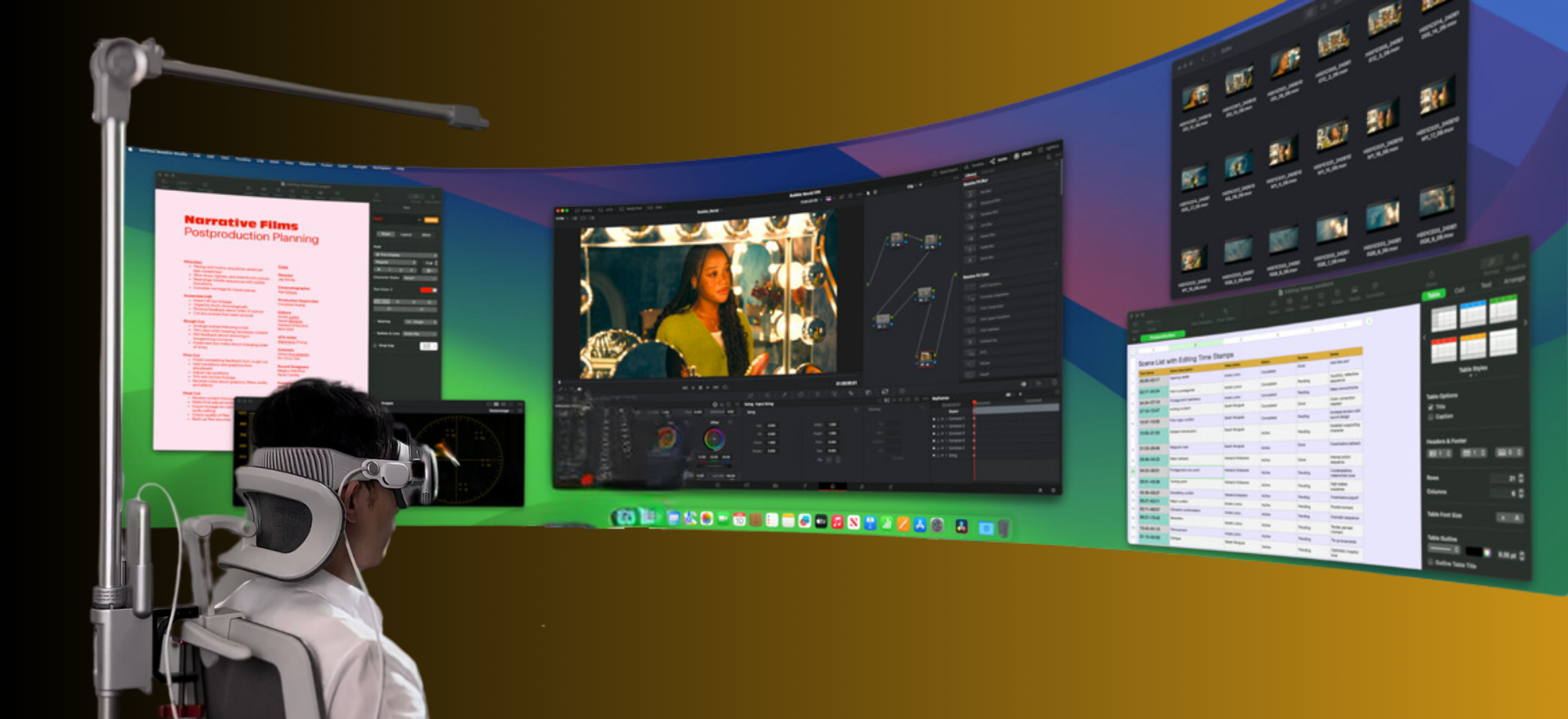
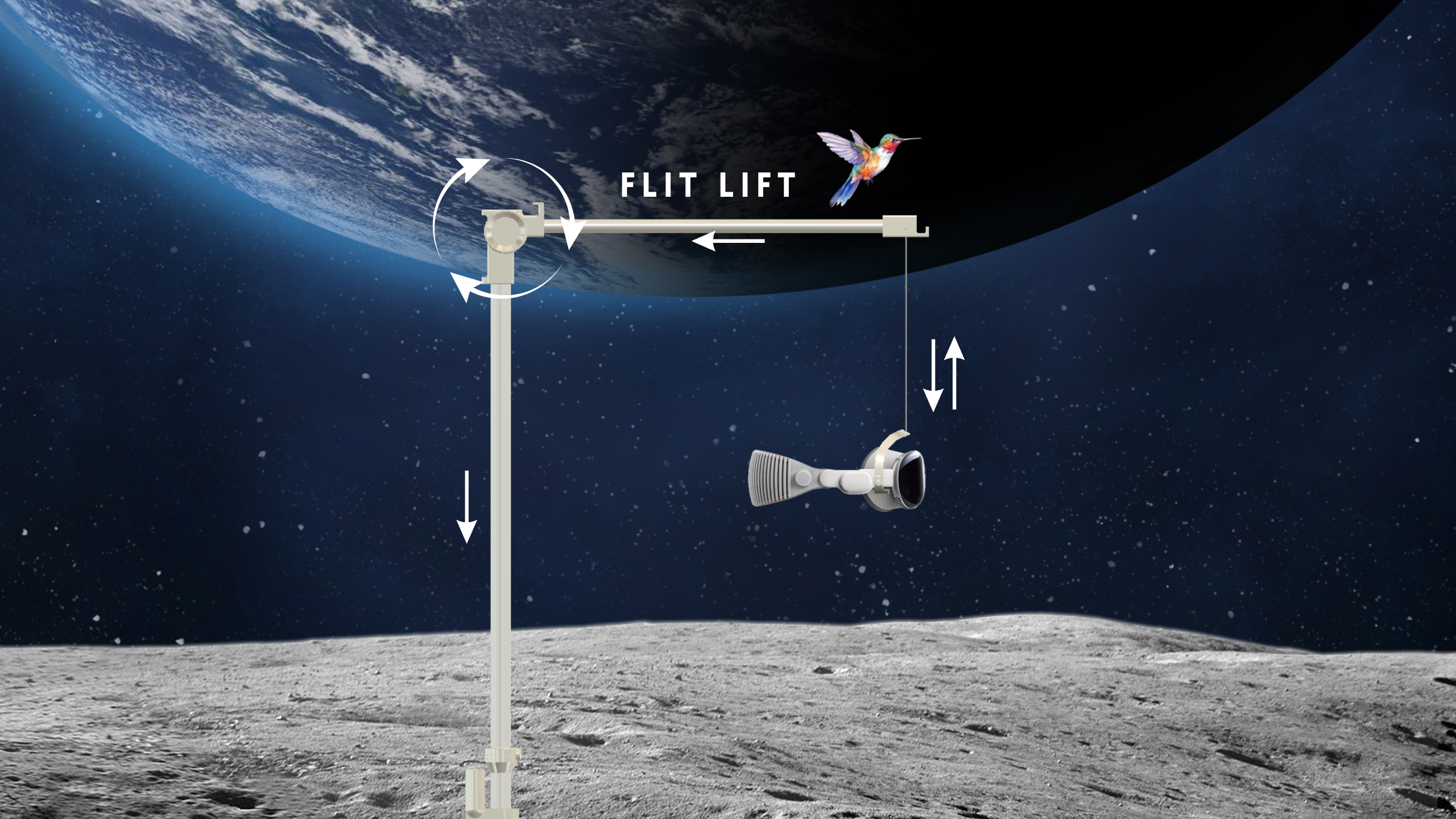
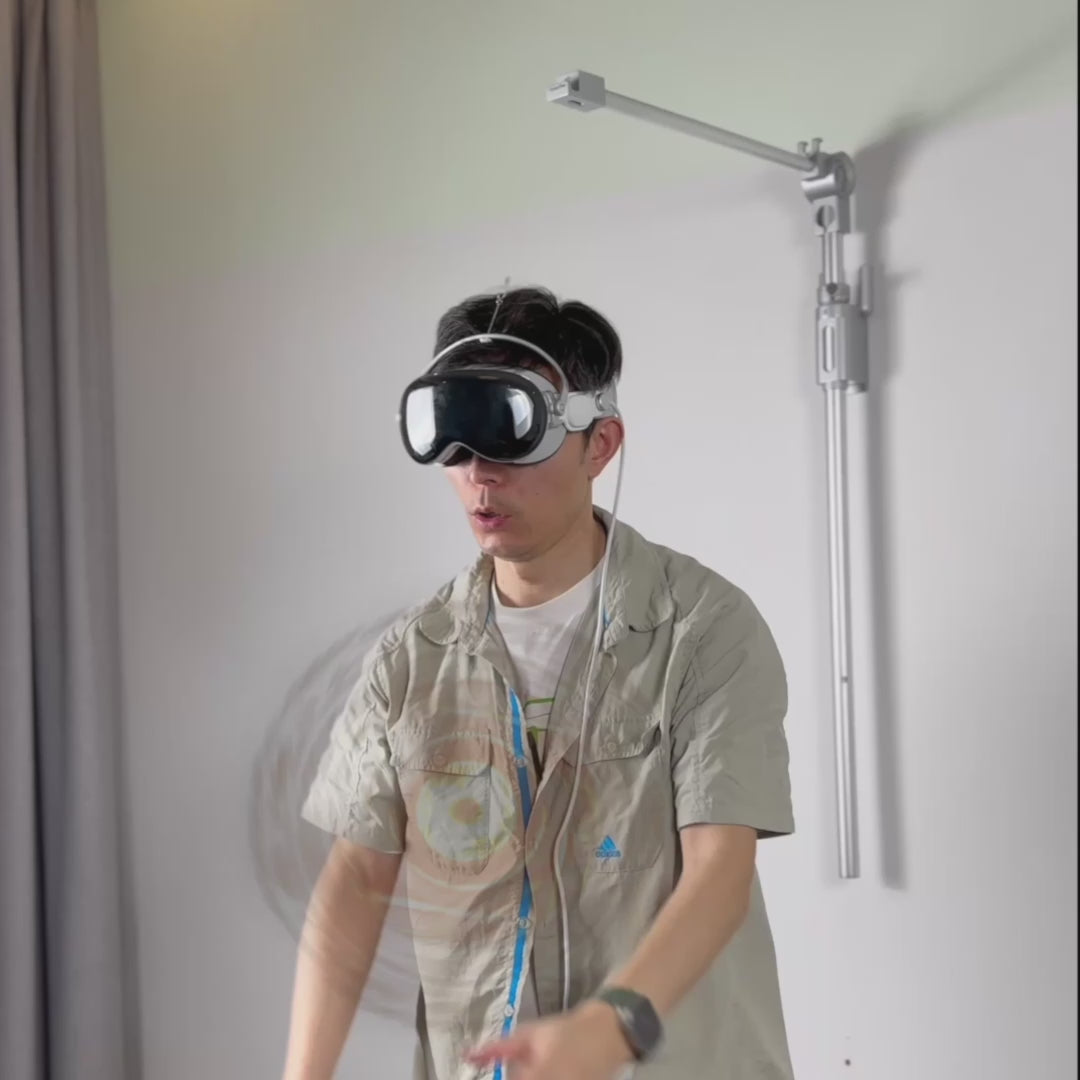
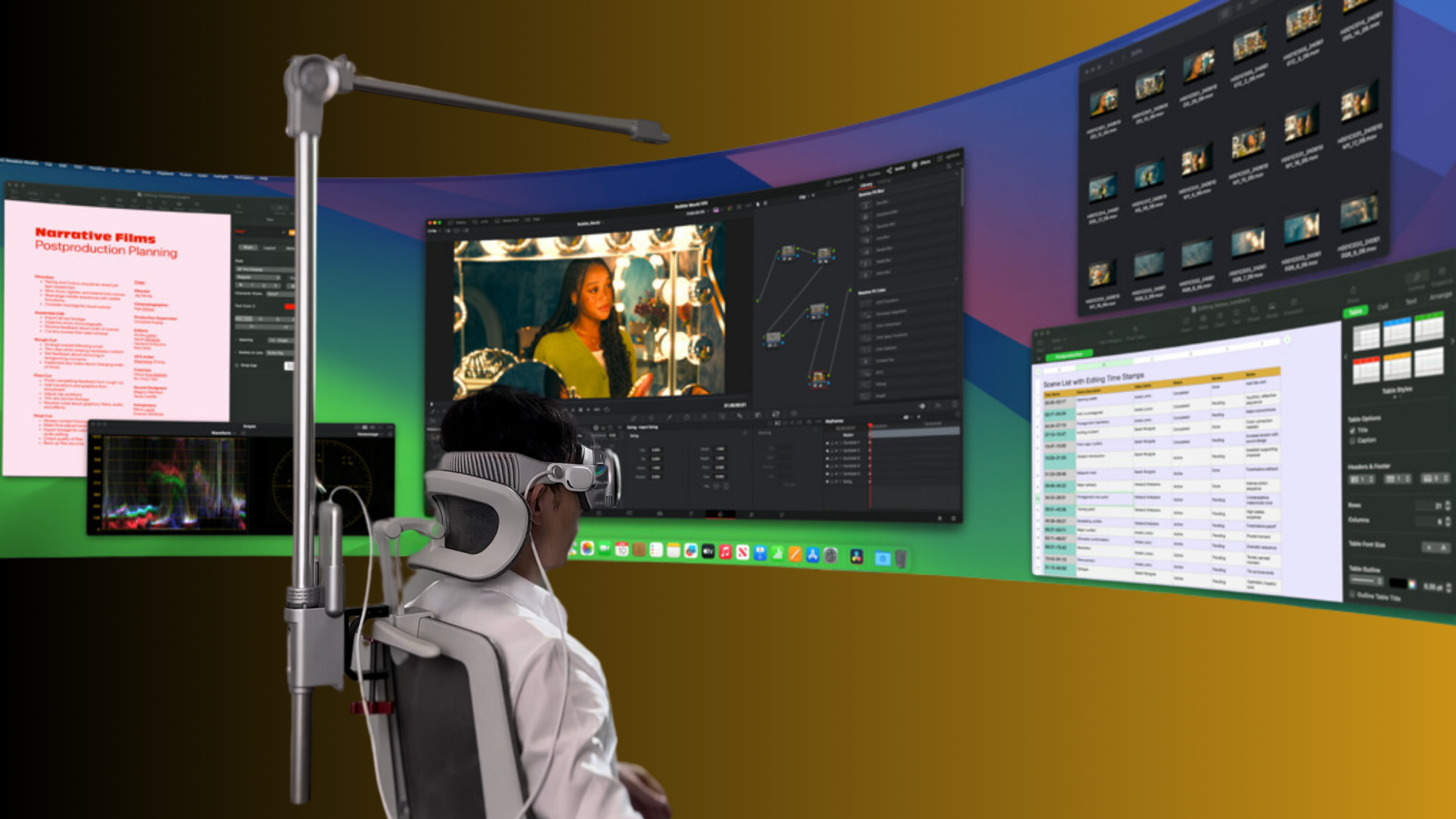
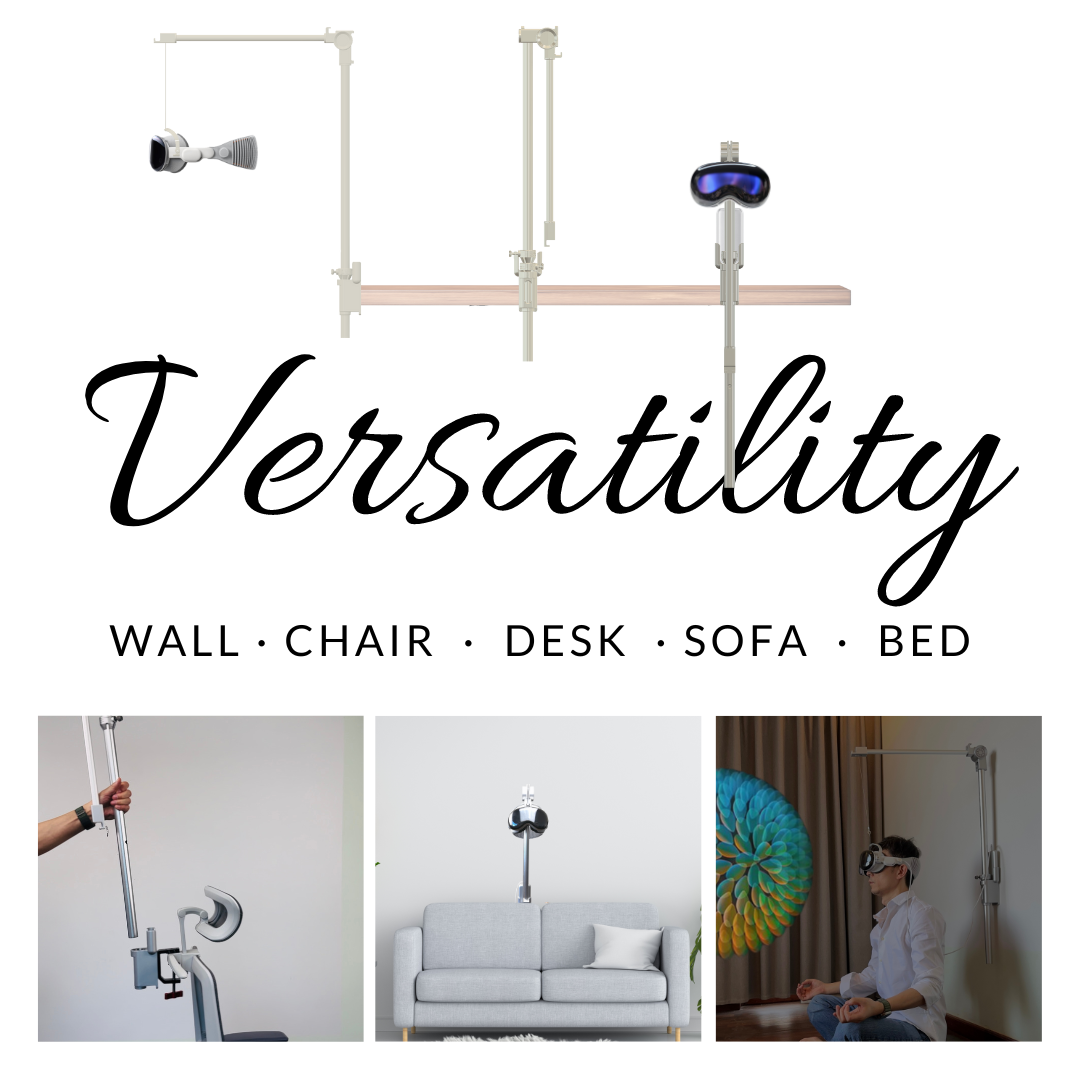
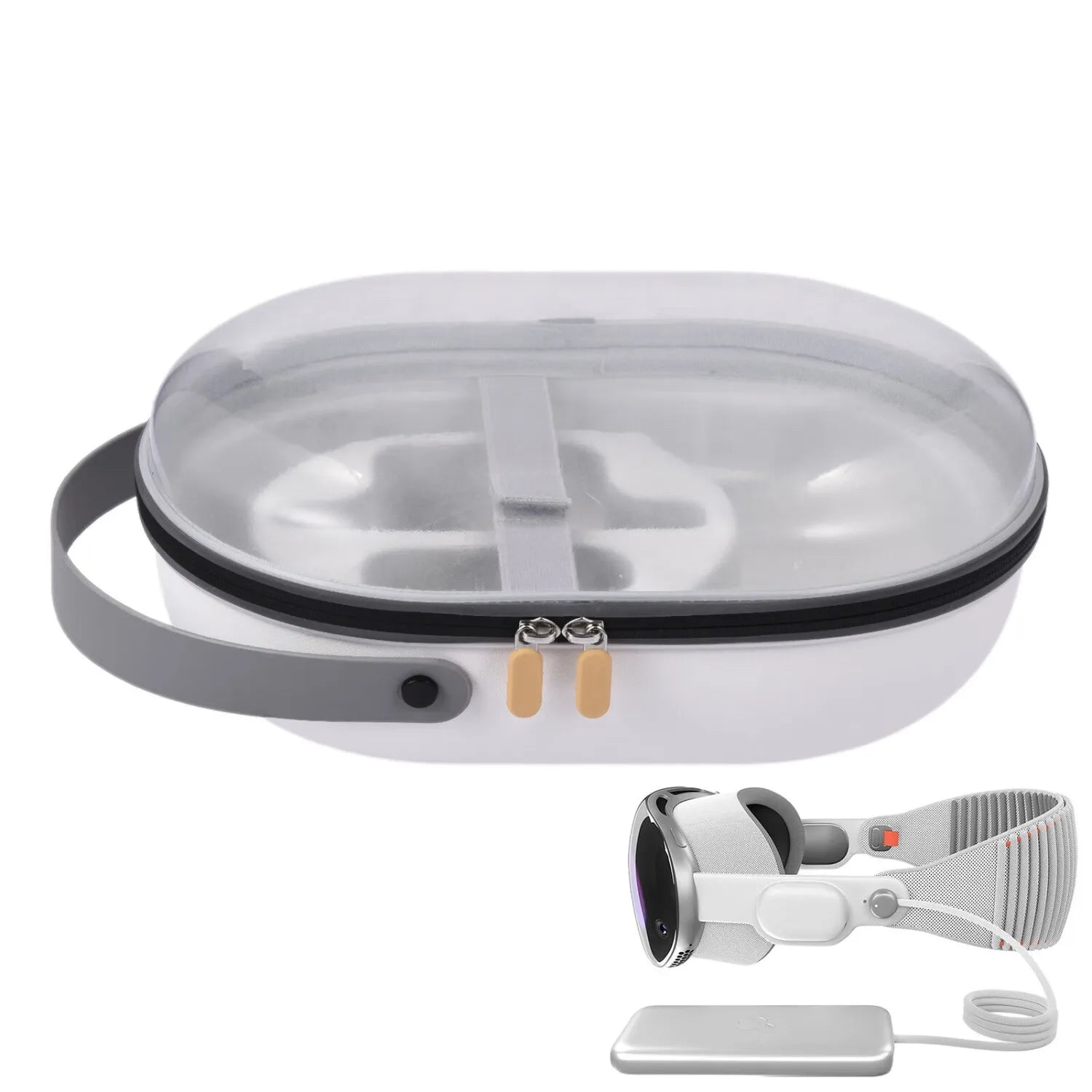
Share:
Innovating Without Exhausting the Innovators: Protecting Developers in the Vision Pro Era
The Unseen Strain of Vision Pro: Why Developer Fatigue Shouldn’t Be Ignored